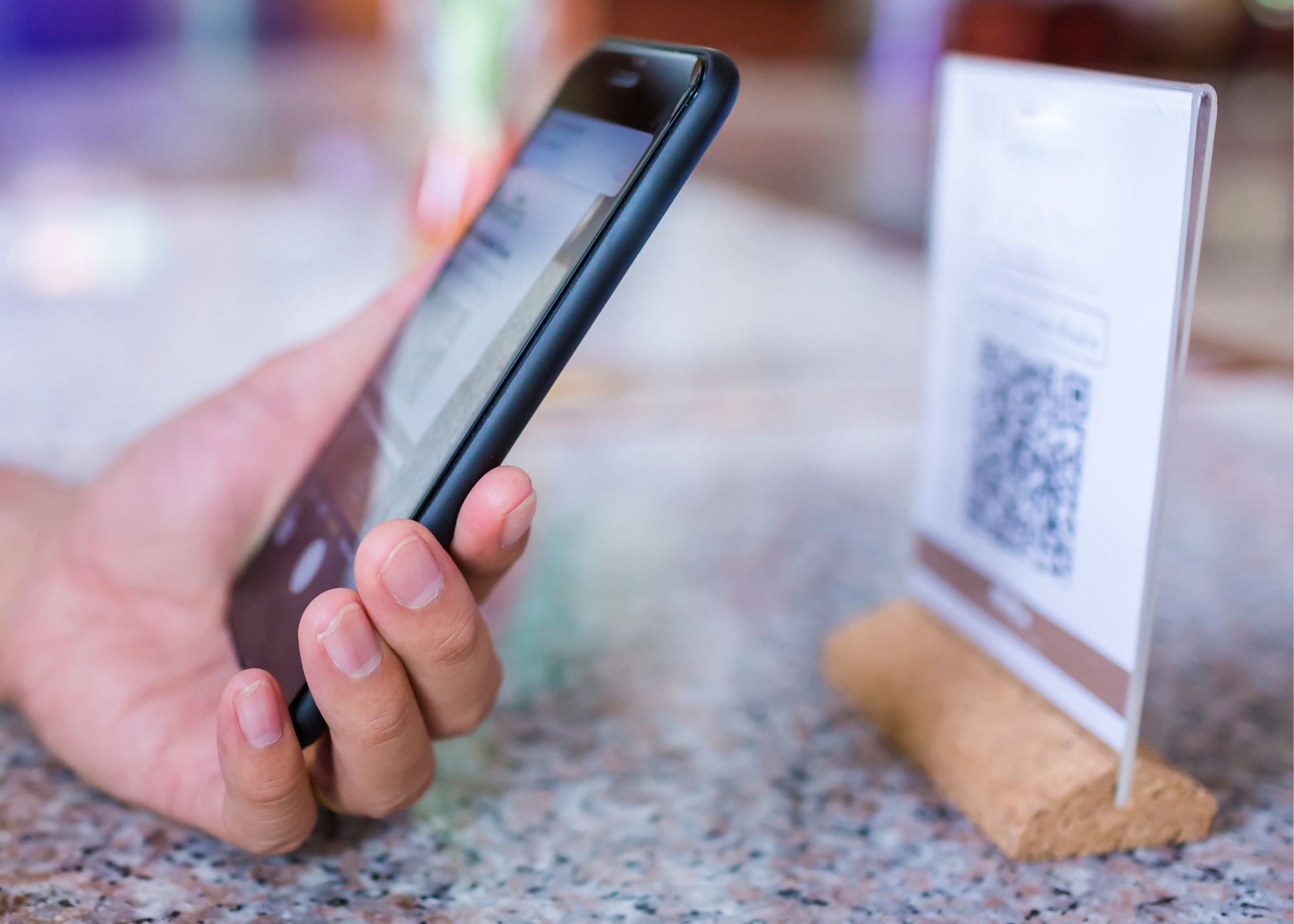The following feature was published on QSR Web.com on March 1st, 2022
The COVID-19 pandemic brought QR codes to the forefront of the table experience. Adoption in the restaurant industry has been remarkably quick and widespread.
by Laurent May CEO READY TO PAY
In 1994, the Japanese automotive-components manufacturer introduced the Quick Response (or QR) code as a way to track vehicles and parts during manufacturing. Since that time, the scannable black-and-white codes have popped up in video games, on the currency of various countries, and even on interactive headstones.
Until 2020, however, the QR code was not typically a part of the restaurant-going experience for most of us. The COVID-19 pandemic changed all of that. Instituting touchless systems — for example, a QR code decal on the table that opens an online version of the menu — saves restaurant operators the time and/or expense of disposing of single-use menus or sanitizing menus after each use.
Adoption in the restaurant industry has been remarkably quick and widespread. In fact, half of all full-service restaurant operators across the country have introduced QR-code menus since the start of the pandemic. By August of last year, mainstream news outlets were reporting on a whopping 750% increase in QR code downloads over the preceding 18 months. This trend is echoed in the 2021 State of the Restaurant Industry Mid-Year Update from the National Restaurant Association who reported that 57% of adults had viewed a restaurant menu online in the past year. With ongoing labor shortages, this technology is an especially timely way for restaurant operators to overcome some of the challenges they're facing.
QR-code menus certainly aren't universally popular — a few restaurant operators feel that they "break the immersive experience" of dining out — but guests have quickly come to love the convenience. In fact, according to the National Restaurant Association, more than half (52%) of all adults say they would like to see more tech implemented to make ordering and paying easier.
Beyond the menu
As the technology continues to evolve and mature, guest expectations grow more sophisticated. Restaurants are finding that simply having a QR-code enabled PDF menu is no longer sufficient; guests now expect QR code menus to be digital and interactive. Dynamic menus can be updated and customized by the venue, incorporating such features as photo galleries for popular items, badges and tags for menu categories and dietary information, item search functionality, and the ability to suggest items to capture guest impulse.
Beyond the menus, many diners also appreciate the ability to pay at their table using guest-facing, app-less technologies that can seamlessly bridge their personal mobile devices and operators' POS systems. Using their phones, guests can check the menu as soon as they sit down and review it any time. They can make their initial order, and add to their orders without having to flag down their server. They can also pay their bill whenever they like, which can shave off a significant number of minutes — which can be especially important during peak hours. An increased table turnover rate can boost operational efficiency for floor staff giving them some welcome relief at a time when the industry is still grappling with labor shortages. As customers become more aware of these additional features, there is no doubt that restaurants will feel added pressure to make these options more widely available.
Highlight what's working
Quicker table turns are just one benefit operators can reap from the combination of QR-code menus and order/pay-at-table technology. They also encourage guests to spend more than they otherwise might, by giving restaurants the ability to highlight items they want to promote, schedule offers by time of day, and suggest pairings to bump up the value of customer spend. Restaurants can increase their average order value (AOV); after implementing adaptive menus, restaurants have bumped up their AOV by as much as 22% per order.
Restaurants use QR codes to keep track of consumer behavior in order to highlight what's working and what needs improvement. They present guests with a post-payment survey, and also offer them the opportunity to provide written comments. This feedback is traced back to any given location, time, order, or server. QR-code analytics deliver valuable information on repeat customers, ordering times, and more, providing operators with actionable experience data. When combined with POS operational data, this is used to assess any adjustments that need to be made to enhance the overall dining experience.
Operators also use this data to boost revenue by allowing them to recommend add-ons or side dishes. For example, if you know that a guest ordered a particular item during their most recent visit, restaurants can automatically can move it to the top of the menu for the guest's next visit — and suggest that they add a drink and a side of fries to their order as well.
It took a global pandemic for the QR code — and other contactless tech — to become ubiquitous in hospitality venues. It might have started as an industry's response to an unprecedented public health and safety threat, but the ubiquitous d growth of this tech is now being driven by consumers who love the benefits of dining in places that use this tech. Digital menus, self-ordering, and self-payment options accessed via smartphones have become part of the new normal.
Continue to read full article here

